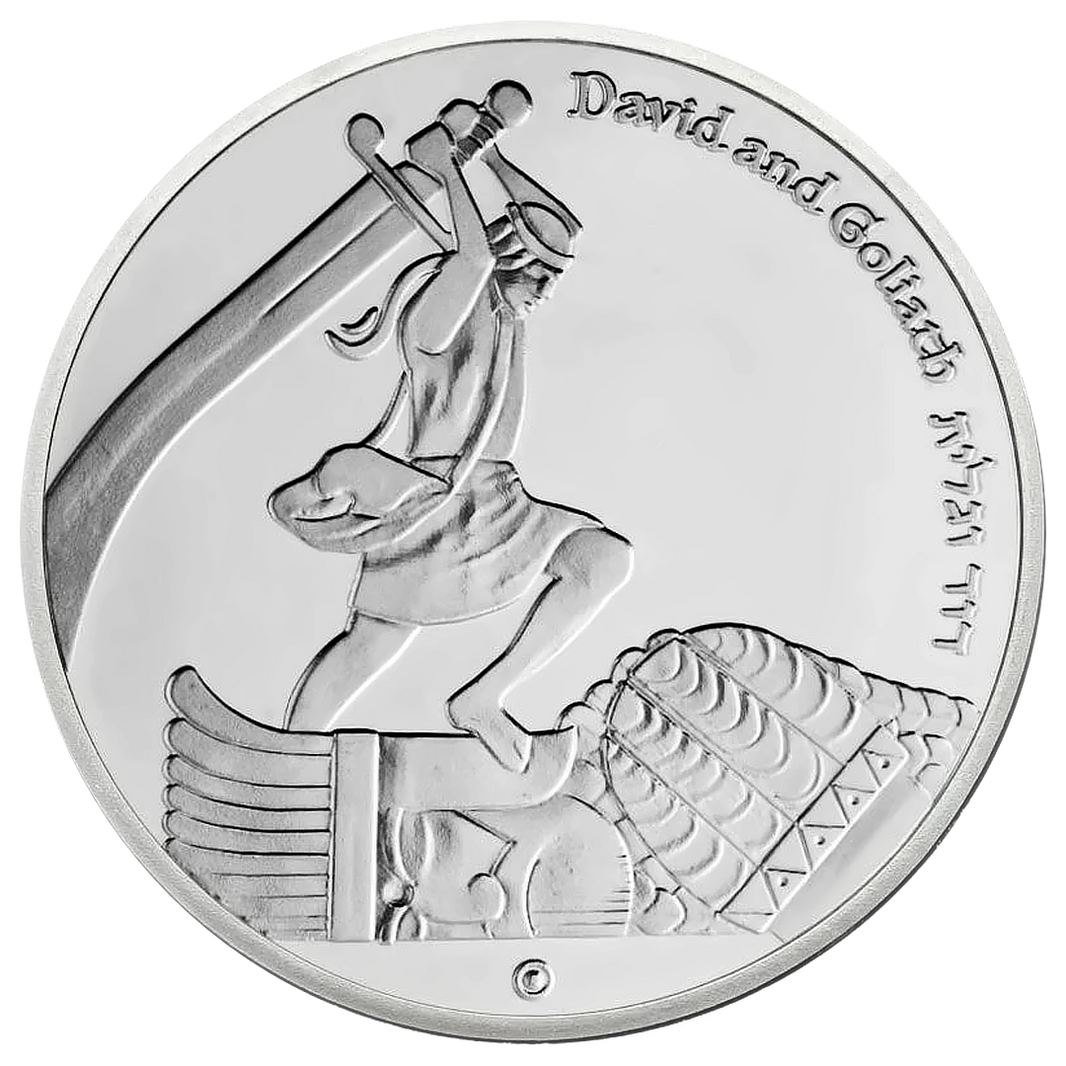Herod the Great Coins
Herod the Great coin, Type I Obverse: anchor with Greek inscription "ΉΡωΔ ΒΆCΙ" (King Herod), within circular beaded border. Reverse: Double cornucopiae adorned with ribbons, pomegranate between horns, within circular beaded border. Herod the Great coin, Type II Obverse: rested helmet and a shield, as well as the Greek letter Chi within a diadem, surrounded by the Greek inscription: 'ΗΡΩΔΟΥ ΒΑΣΙΛΕΩΣ' (of Herod Basileus, Of King Herod). Reverse: Tripod table holding a ceremonial bowl
Variant
- Regular price
- $250.00
- Sale price
- $250.00
- Regular price
No video available for this product.
Because of its authenticity, each coin is a one-of-a-kind artifact, bearing its own distinct perfections and imperfections from its ancient minting process. This uniqueness means you must select the exact coin you wish to own, making it a truly personal piece of history.
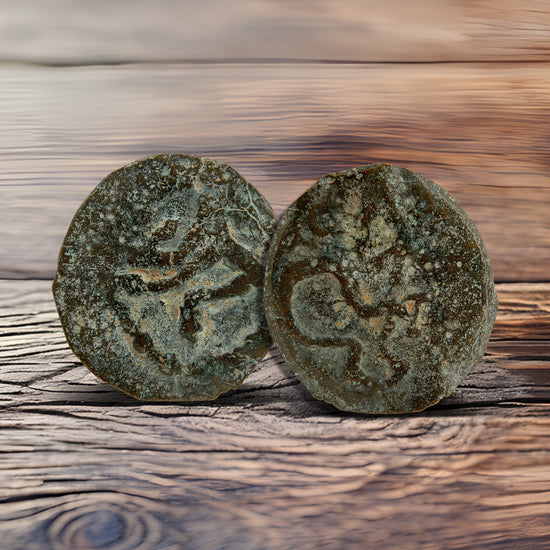









Precision-Crafted Numismatic Marvels
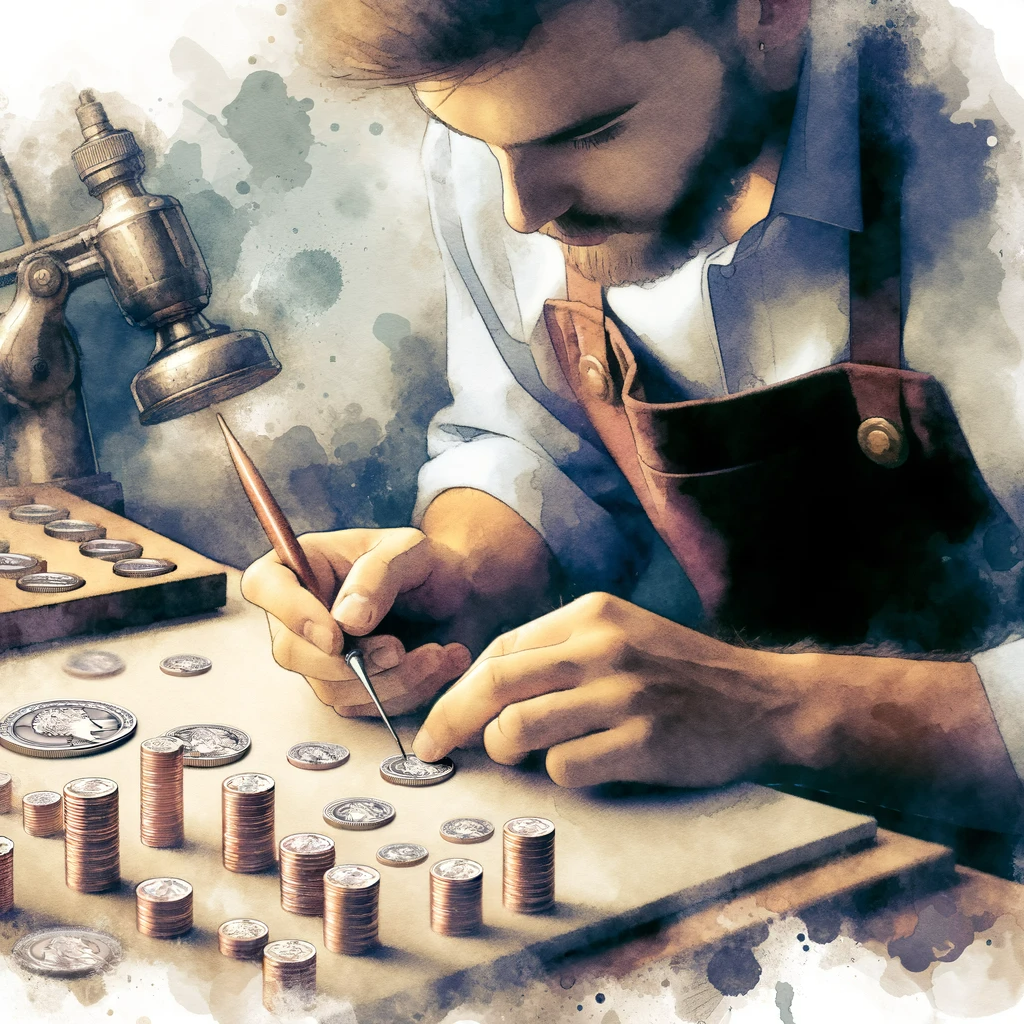
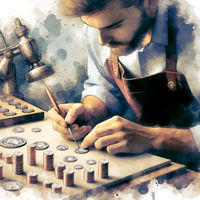
Masterful Craftsmanship
This coin is a product of skilled artisanship, combining traditional techniques with modern precision to ensure unparalleled quality and detail.


Exceptional Collector's Value
Our coins are not just pieces of metal but investments in history. Their rarity and craftsmanship make them highly sought-after in the numismatic community, promising lasting value.
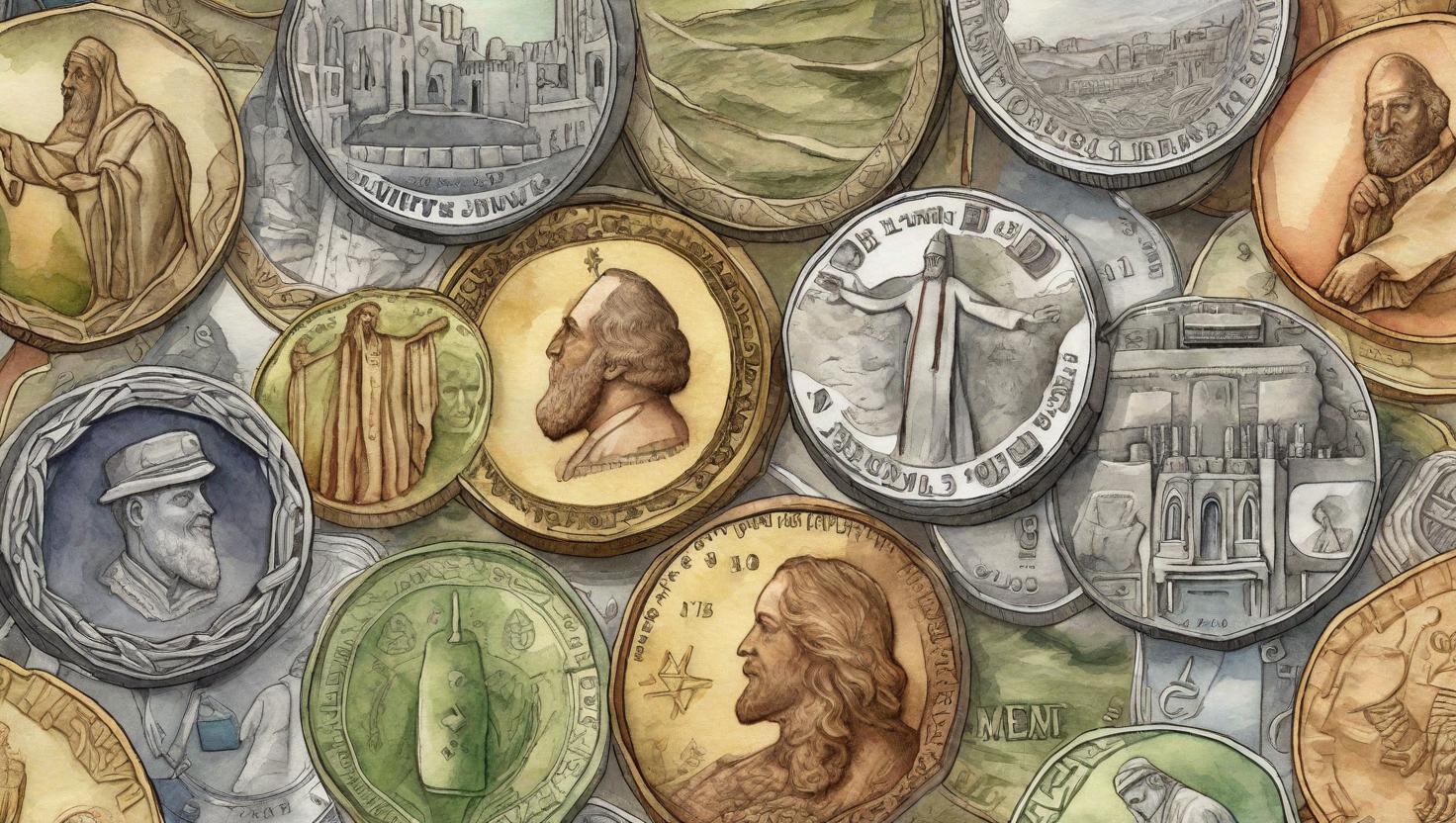
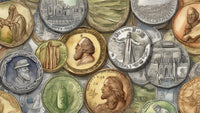
Elegance Across Eras
Each coin is a testament to timeless elegance, merging historical significance with exquisite design. A perfect blend of art and history, they are crafted to be cherished and admired by generations.
You May Also Like
